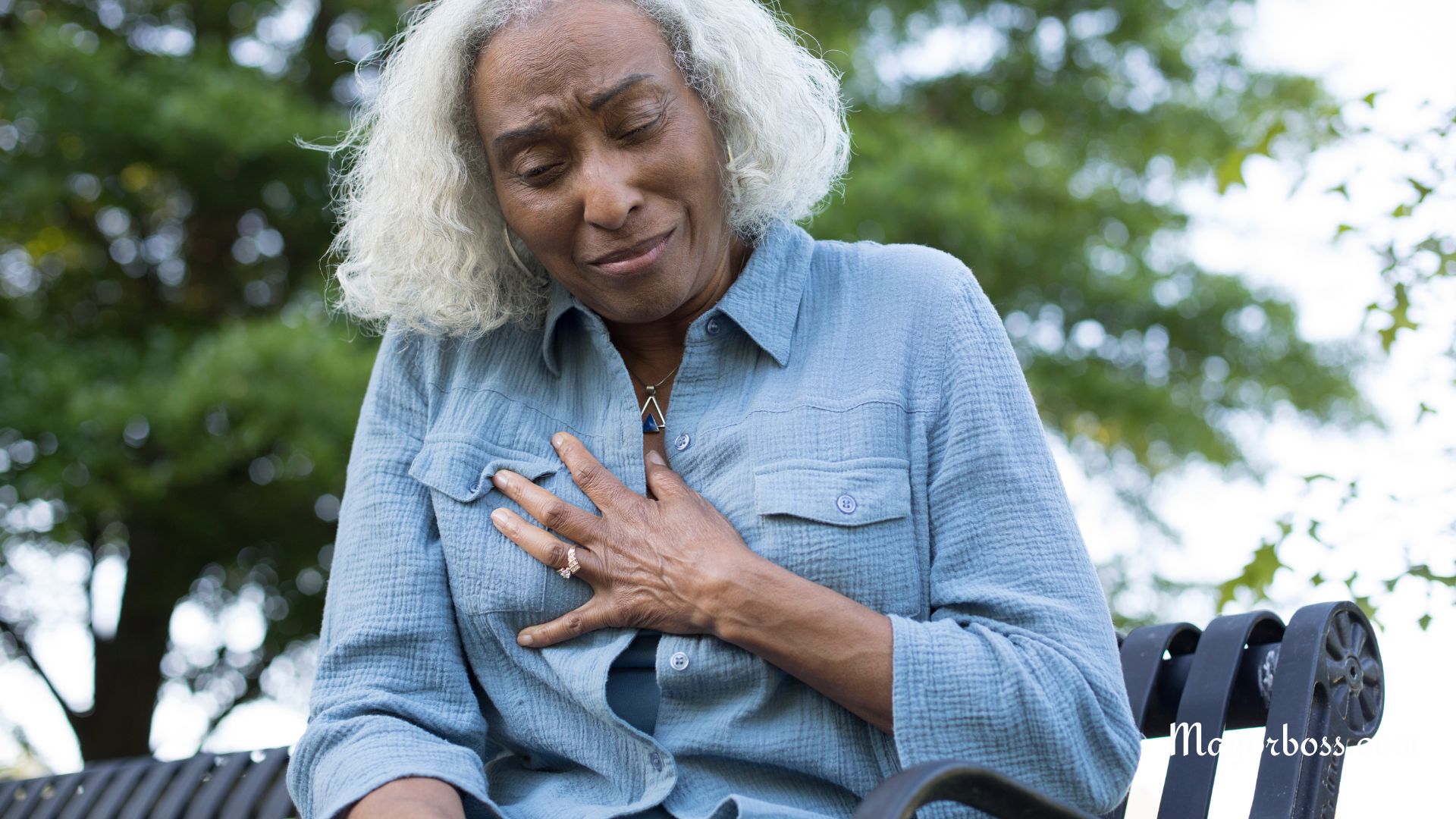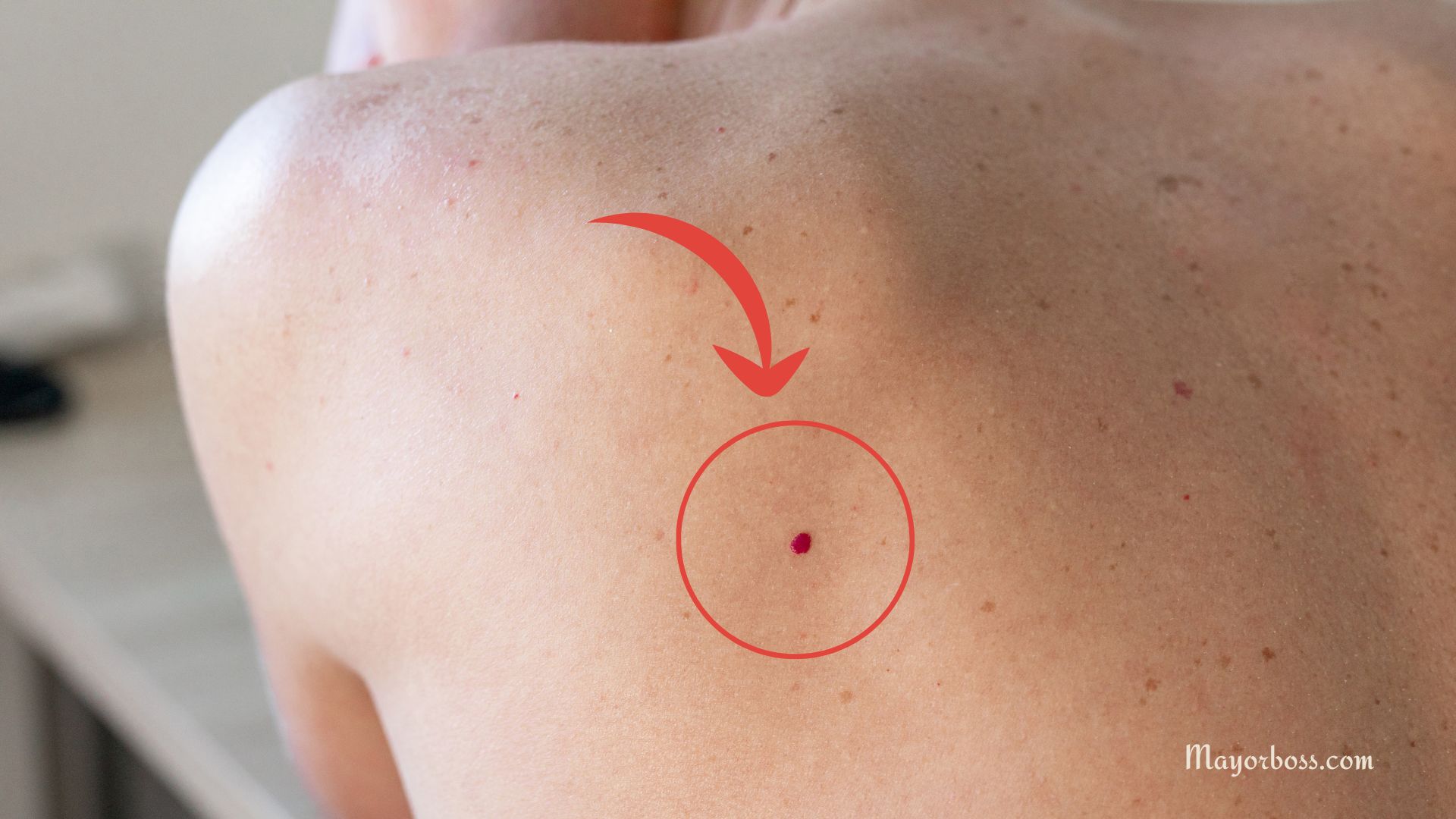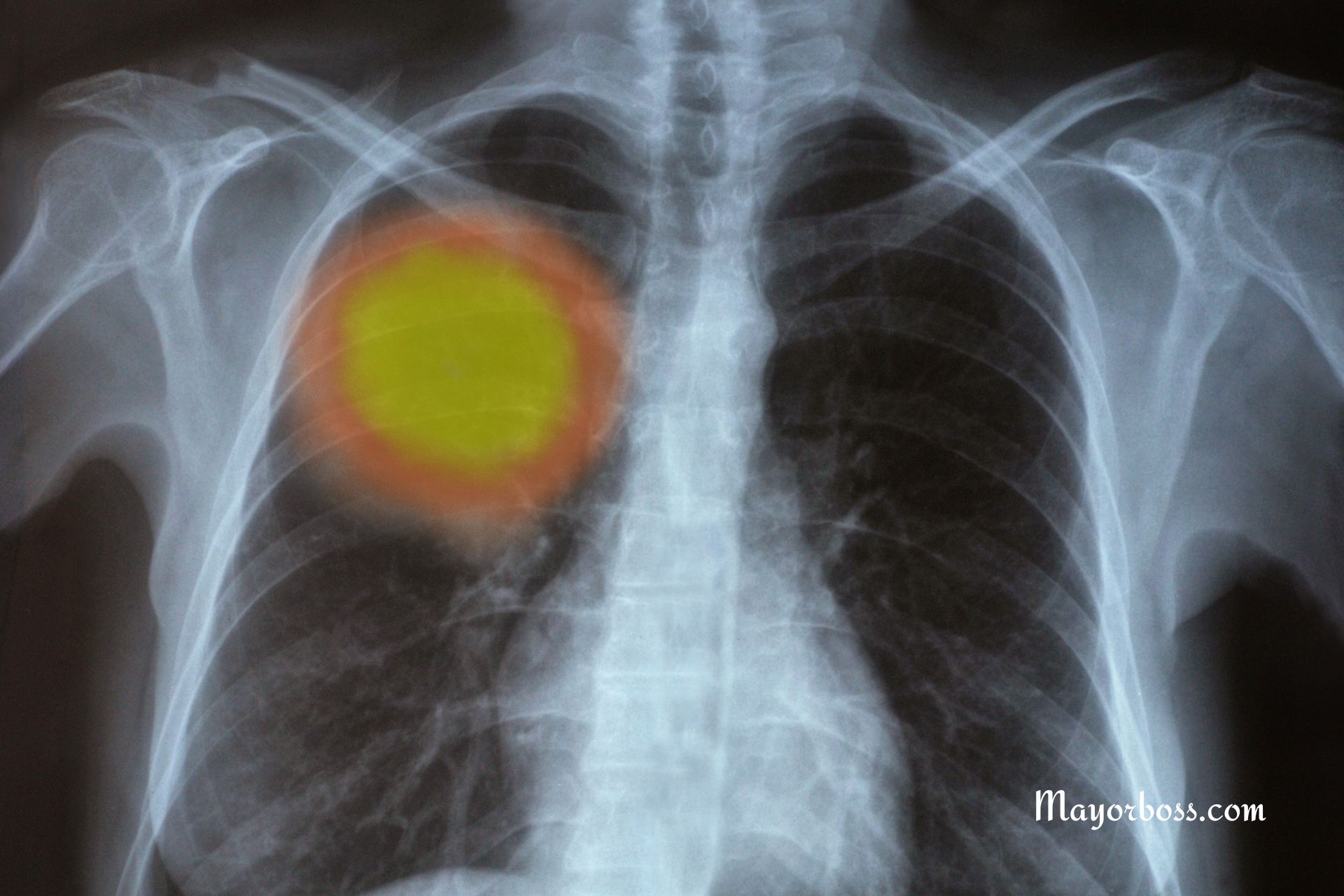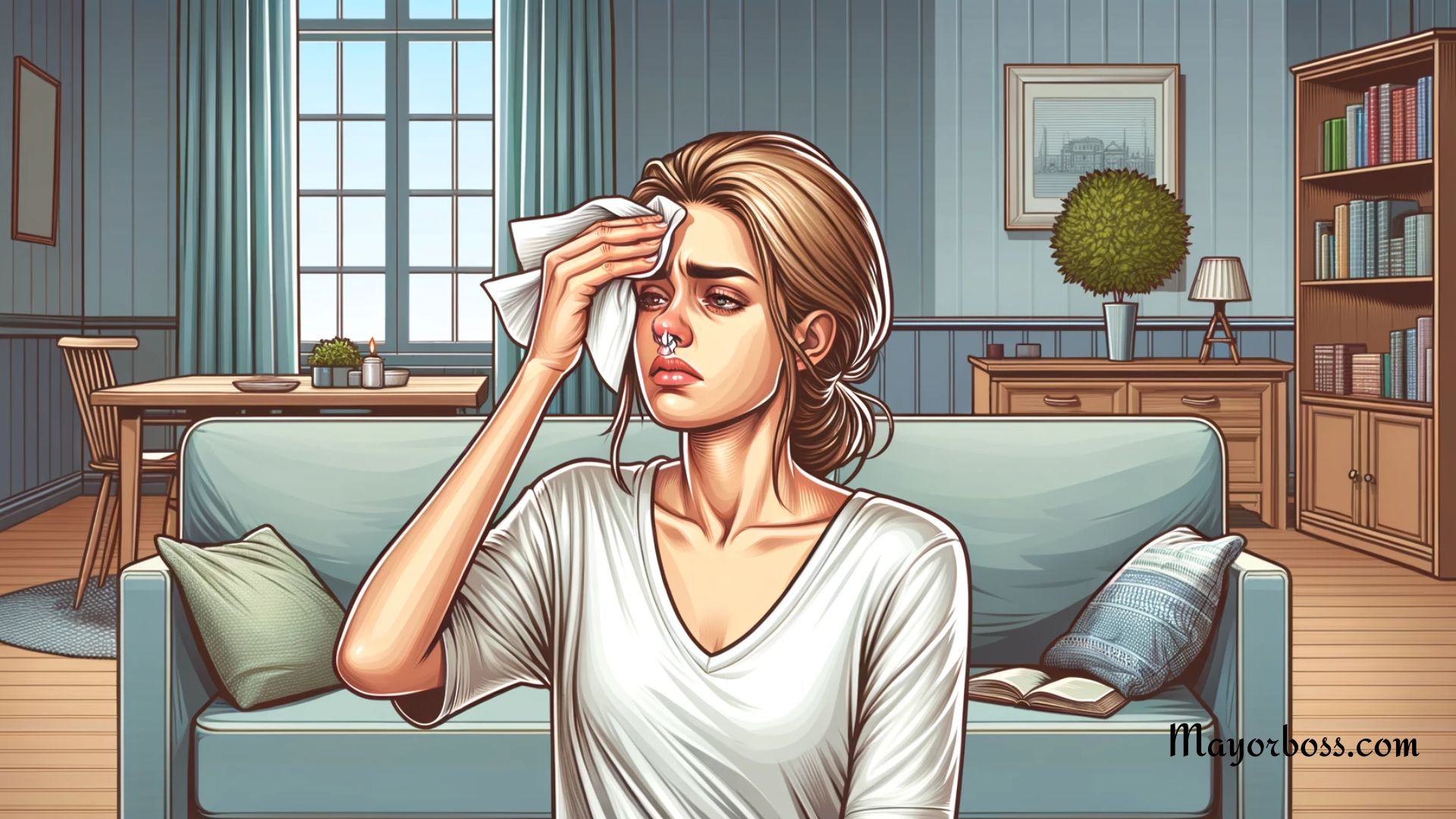Chest Pain: The Silent Warning and Its Associated Symptoms
Chest pain can be more than just a passing discomfort; it can indicate serious underlying conditions like a heart attack. While the pain’s character varies from person to person, there are common descriptors and associated symptoms to watch out for. It’s crucial to act promptly and seek medical attention if you suspect a heart-related issue.

What Does Chest Pain Indicate?
Chest pain can be a signal that your heart is in distress. Often, this is due to conditions like coronary artery disease or other cardiac problems. Sometimes, the discomfort isn’t limited to the chest alone; it can radiate to various parts of the body, mimicking other issues. Thus, it’s essential to differentiate and understand the warning signs.
How Can Chest Pain Feel?
The sensations associated with chest pain can vary. For many, it manifests as:
- Pressure or Tightness: You might feel as if a weight is pressing down on your chest.
- Squeezing Sensation: It can be akin to a hand trying to squeeze your heart.
- Burning Feeling: This sensation can be misleading, often mistaken for indigestion.
- Piercing or Stabbing Pain: This is less common but can be extremely sharp and intense.
Moreover, this discomfort can spread. Examples of areas it may travel to include the shoulders, arms, back, neck, or jaw.
What Other Symptoms Can Accompany Chest Pain?
Apart from the direct sensations in and around the chest area, other signs might point to a cardiac issue. These include:
- Nausea: An upset stomach or feeling like you want to vomit.
- Unusual Tiredness: Feeling more fatigued than usual without a clear reason.
- Shortness of Breath: Difficulty catching your breath or feeling like you can’t breathe deeply.
- Dizziness or Weakness: Feeling lightheaded or as if you might faint.
- Anxiety: A feeling of unease or worry, often intense.
Are There Differences Between Men and Women?
In people with heart-related issues, it’s noted that women might experience chest pain differently than men. While both can have the standard symptoms described above, women are more likely to experience at least three other symptoms alongside chest pain. Being aware of this distinction is essential for timely diagnosis and intervention.
Immediate Action is Key
If you ever think you’re experiencing a heart attack, it’s vital to act immediately. As the saying goes, “Better safe than sorry.” Call emergency services right away. A quick response can be the difference between life and death.
Remember, early care saves lives. So, always stay informed and never hesitate to seek help when in doubt. Your heart and health are worth it.
Further Reading: What Causes Pain in the Middle of The Chest? 8 Possible Causes






